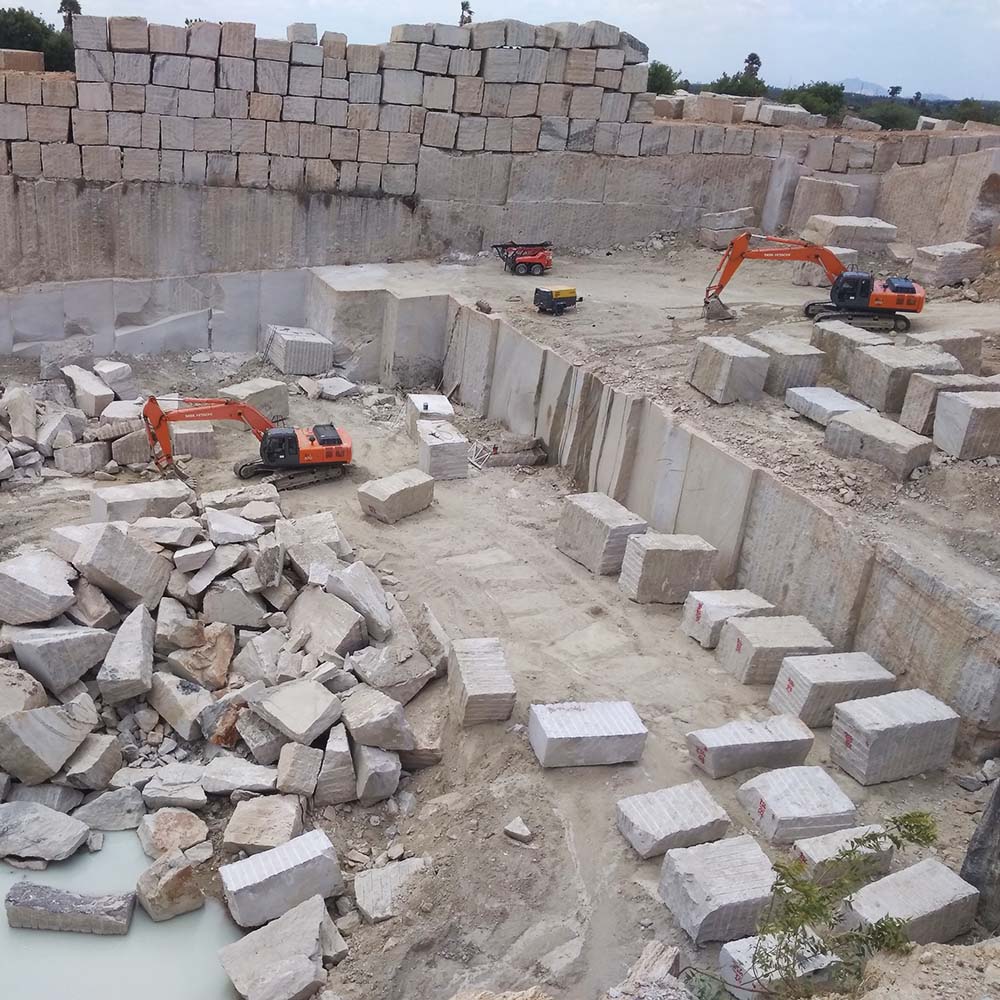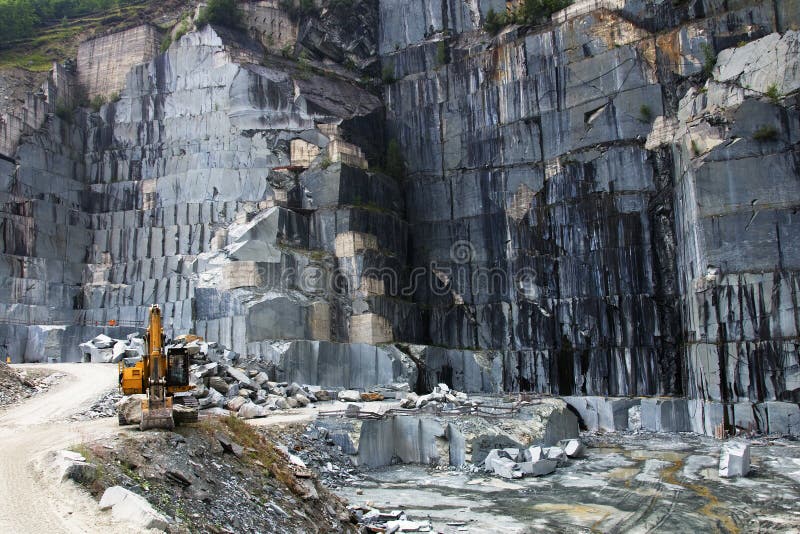Discovering the Rich Background and Sustainable Practices of Granite Quarrying
As we stand on the precipice of revealing the intricate tapestry of granite quarrying, a trip with time reveals not just the physical act of drawing out stone however also the cultural and historic significance woven into the very textile of this technique. From the old beginnings that laid the foundation for contemporary quarrying techniques to the sustainable practices that are shaping the future of this industry, each sculpt mark on granite surfaces informs a story waiting to be uncovered (granite quarries in south africa). The tradition of granite quarrying stretches much past plain removal; it is a testimony to human ingenuity, strength, and the enduring appeal of this impressive rock
Ancient Origins of Granite Quarrying
Dating back to ancient human beings, the technique of quarrying granite has actually been an indispensable part of human background and building innovation. The earliest proof of granite quarrying days back to ancient Egypt, where huge pyramids and elaborate sculptures were crafted from this durable rock. The Egyptians used primitive devices to remove granite blocks from quarries, showcasing the significance of this product in their monumental building and constructions.
Relocating forward in background, the Greeks likewise made significant contributions to the quarrying of granite. The Greeks utilized granite in numerous building wonders, such as temples and statuaries, showing their ability in shaping and sculpting this sturdy stone. The Romans further improved the methods of quarrying granite, utilizing advanced tools like chisels and hammers to extract and shape granite for their legendary frameworks.
With the centuries, the practice of quarrying granite has actually advanced, with modern technologies enhancing effectiveness while preserving the timeless appeal of this natural stone - granite quarries in south africa. From old worlds to contemporary home builders, the tradition of granite quarrying continues to form our globe
Advancement of Quarrying Methods
The development of quarrying techniques has been noted by a continual progression in the direction of greater efficiency and precision in extracting granite. From the primary methods used by our ancestors to the advanced modern technologies utilized in modern quarrying operations, the market has undertaken substantial advancements. Early quarrying methods included manual work with standard tools such as knives, hammers, and wedges to remove granite blocks from the planet. As human beings advanced, methods like fire-setting and primitive explosives were presented to promote the removal procedure.
Innovations in computer-controlled tools and 3D modeling have optimized quarrying operations, leading to marginal environmental influence and improved sustainability hop over to here practices. As the demand for granite proceeds to increase, the evolution of quarrying strategies continues to be important to conference industry requires efficiently and sustainably.
Cultural Significance of Granite
Granite holds a profound social value throughout different civilizations due to its enduring existence in building work of arts and respected monoliths. The cultural relevance of granite prolongs past its physical features; it embodies resilience, stability, and timelessness, making it a symbol of sustaining heritages and customs.

Lasting Practices in Quarrying
Amidst the abundant background of granite quarrying and its cultural importance lies an expanding focus on lasting practices within the sector. As ecological understanding and worries concerning source exhaustion have enhanced internationally, the quarrying market has actually significantly accepted sustainable approaches to minimize its about his effect on the atmosphere and bordering areas.

Moreover, reclamation and rehabilitation of quarry websites post-extraction are important to lasting practices. By recovering quarried locations to a natural or helpful state, such as developing wildlife habitats or entertainment areas, quarriers can offset the ecological footprint of their procedures and add positively to the neighborhood environment.
Legacy of Granite Quarrying
With a historical backdrop soaked in craftsmanship and industrial development, what withstanding influence has granite quarrying left on the landscape of contemporary culture? The legacy of granite quarrying transcends simple removal practices; it has formed architectural marvels, metropolitan landscapes, and social heritage worldwide. The sturdy nature of granite has actually made it a recommended selection for monoliths, buildings, and framework, standing as a testimony to the skill and artistry of quarry workers throughout generations.
Furthermore, the economic footprint of granite quarrying can not be neglected. The industry remains to provide employment chances and drive regional economic climates in regions where granite removal is prevalent. It has additionally spurred technological innovations in quarrying methods and equipment, leading to extra effective and sustainable methods.
In regards to sustainability, the legacy of granite quarrying consists of initiatives to minimize ecological effects through reclamation jobs and accountable source administration. By balancing financial passions with environmental stewardship, the industry aims to make certain that future generations can continue to take advantage of this long-lasting natural deposit.
Conclusion

Comments on “Opening All-natural Prizes: Granite Quarries in South Africa Introduced”